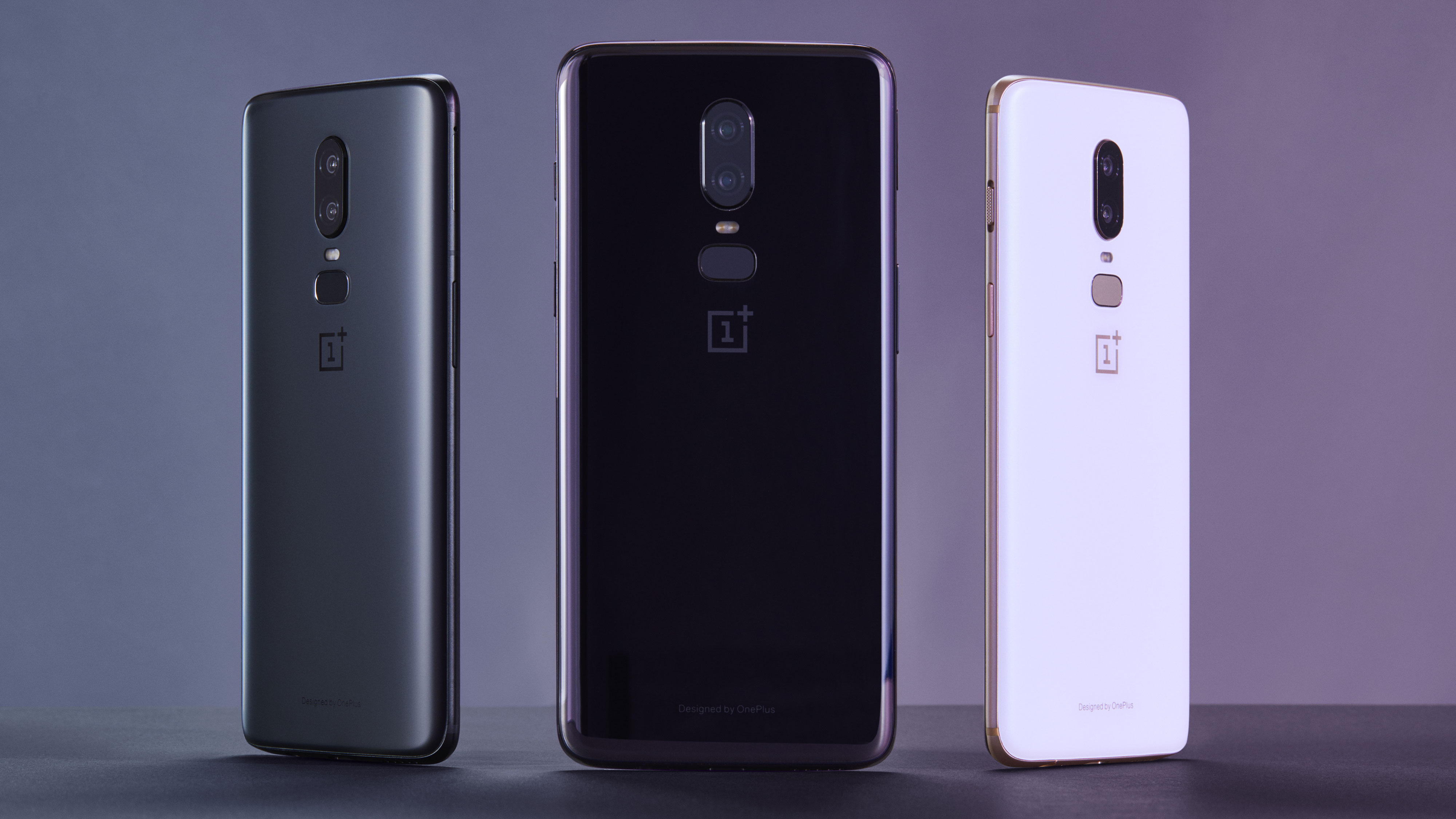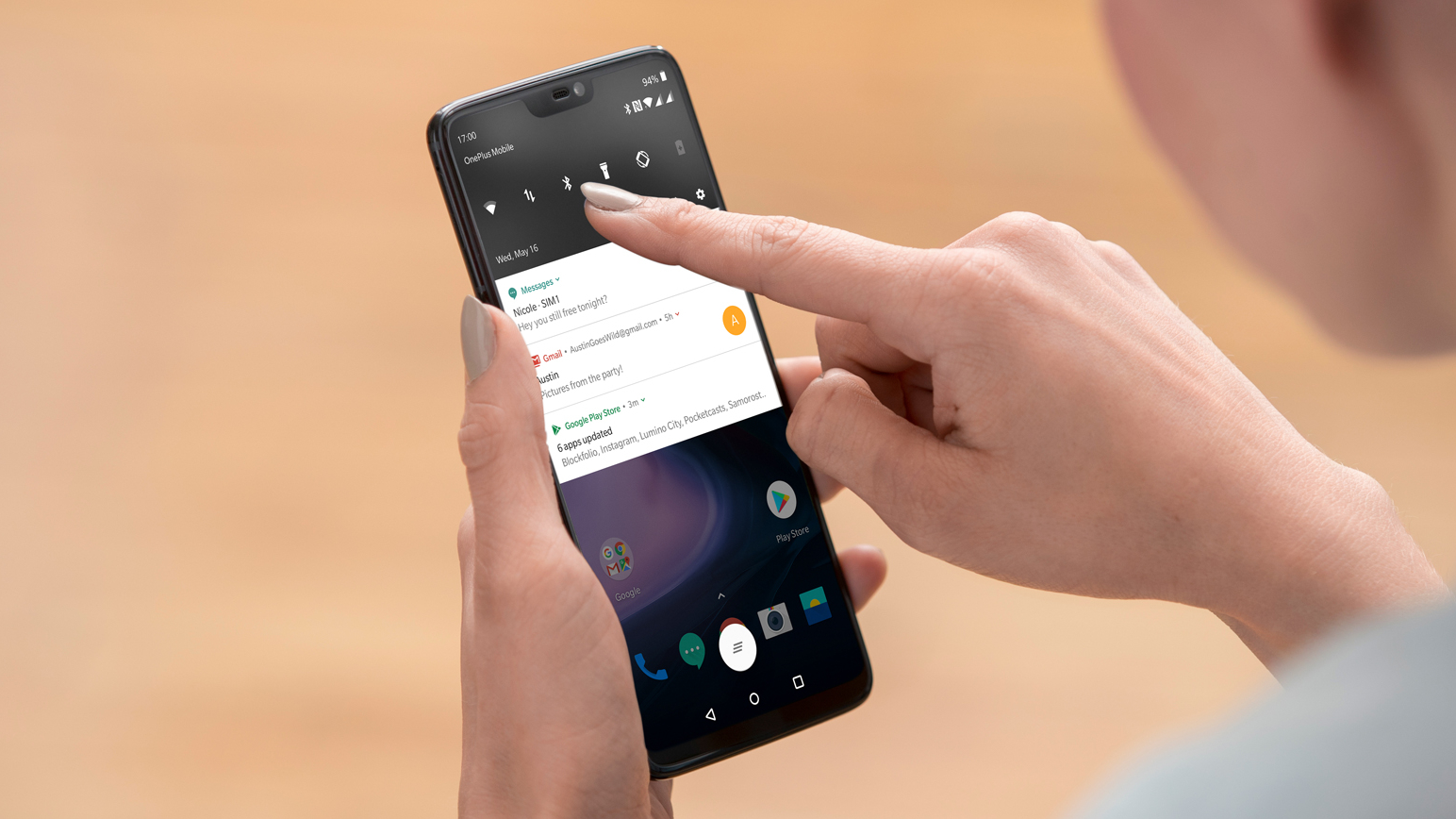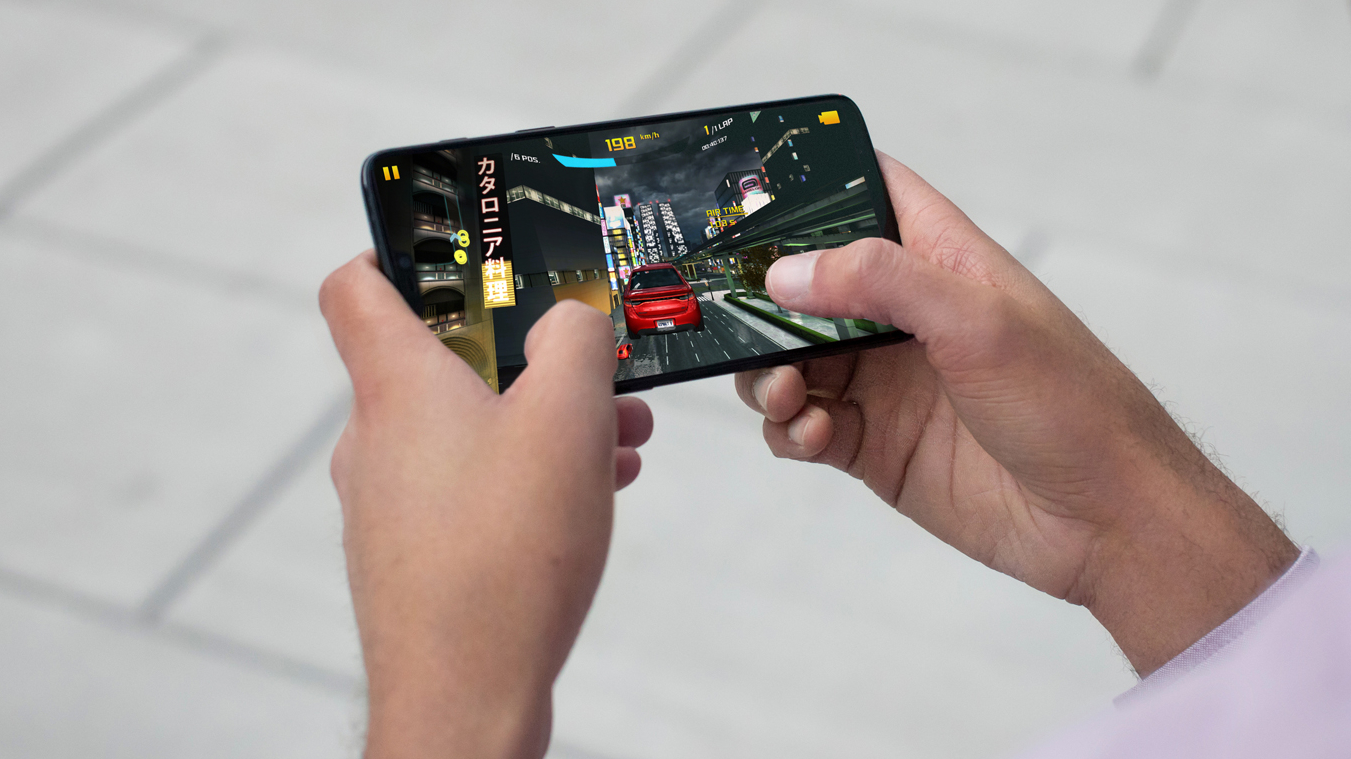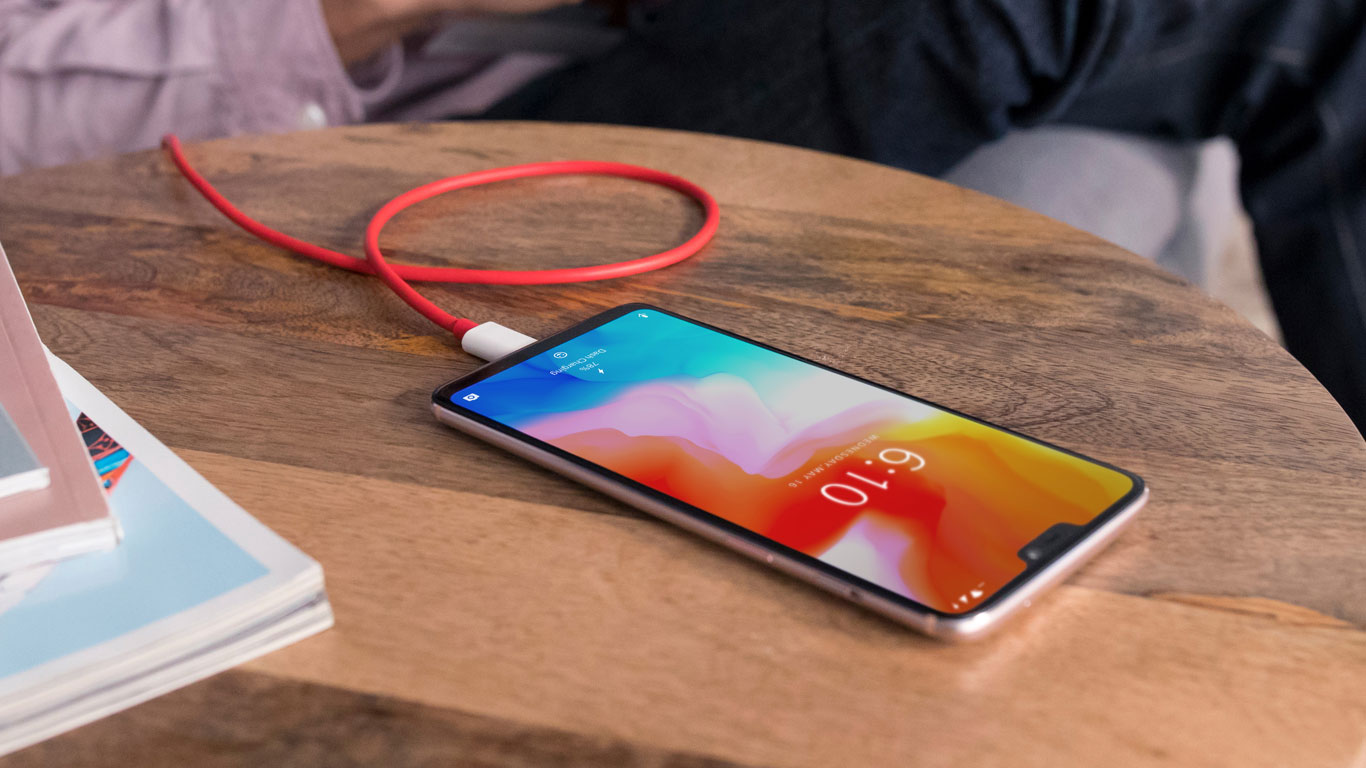OnePlus 6 vs Samsung Galaxy S9: affordable flagship meets the best flagship
Two high-performance choices go head-to-head

The Samsung Galaxy S9 has enjoyed its spot at the top of 2018’s flagship phones thus far, what with its huge list of features and high-end performance. But, a challenger approaches and it goes by the name of OnePlus 6.
The OnePlus 6 has just launched, bringing an all-glass design to the table, along with the expected performance gains over the OnePlus 5T, as well as a few unexpected changes – not all of which put it favorably against Samsung’s phone.
We’re going to take a dive, looking at these two phones in particular to see how they stack up in terms of their display tech, overall design and the sort of power we’re dealing with under the glass.
As always, stay tuned for the final OnePlus 6 review to see if it’s the right phone for you.
Watch our hands on OnePlus 6 video below
Design
Both the OnePlus 6 and Samsung Galaxy S9 boast an all-glass design, clad around its edges in a metal trim where you’ll find an assortment of buttons.
Overall, these two phones are more similar than they are different, what with their respective bottom-mounted headphone jacks, rear-mounted fingerprint sensors and wide aspect ratios.
Get daily insight, inspiration and deals in your inbox
Sign up for breaking news, reviews, opinion, top tech deals, and more.
The OnePlus 6 is quite a bit larger than the S9, packing in a 6.28-inch display compared to Samsung’s smaller 5.8-inch phone. That doesn’t make one better than the other, it just comes down to taste.
Moving around the design of each phone, the S9 gets the edge by having dual speakers, though one fires downward. OnePlus fires back with its signature alert slider, now moved over to the right side of the phone. Ultimately, the S9 maintains the lead with its IP68 weather resistance.

Display
The differences here are clear, both in size and resolution.
OnePlus opted for a 6.28-inch AMOLED display that clocks in at Full HD resolution. The screen-to-body ratio is the company’s highest at 84%, accomplished thanks to its notch.
Samsung continues what it started in S8 with a 5.8-inch Super AMOLED display that renders content at 2,960 x 1,440. You won’t find a notch here, but as a result, you won’t have as much screen to admire as you do on the OnePlus 6.
Both phones utilize AMOLED technology, giving them richer colors and deeper contrast than LCD-packed options like the LG G7 ThinQ. The S9 is the clear winner when it comes to resolution potential, though it comes out of the box with Full HD mode enabled.
OnePlus sticking with 1080p might be an annoyance for some, but it helps the company keep prices low and battery high throughout the day. Though, we’re not sure how much bigger OnePlus can make a phone until Full HD begins to look a bit outdated.

OS and power
Android Oreo takes center stage on both phones, though not for long (hopefully). While we can only assume that Android P will make its way to the S9 at some point (the S8 only recently received its overdue Oreo update), the OnePlus 6 is compatible with the Android P beta out of the box.
- Here’s how to download Android P beta on your OnePlus 6
You’ll find the Qualcomm Snapdragon 845 processor on both phones, putting them in the front of the pack against other flagships that haven’t had a 2018 version released, like the Google Pixel 2 and Essential Phone.
From there, OnePlus leaves Samsung’s standard 4GB of RAM with 64GB of storage option in the dust with 6GB of RAM (with the option of bumping up to 8GB of RAM for $50/£60). The OnePlus 6, too, comes with 64GB of onboard storage (with microSD support in tow), but if you opt for the RAM upgrade, you’ll also get a ROM upgrade, doubling the storage to 128GB.
Current applications and games available on the Google Play Store shouldn’t show much of a gap between the Galaxy S9 and the latest OnePlus phone, but the future will be more kind to the OnePlus 6.

Camera and battery
While more on a leveled playing field with the Samsung Galaxy S9 Plus, here’s how the OnePlus 6 stacks up against the smaller option in terms of its optics and battery capabilities.
OnePlus 6 features a dual-lens camera system on its rear, vertically-oriented in the phone’s middle. Made up of 16MP and 20MP lenses, the former of which has an f/1.7 aperture and OIS to prevent shaking while recording video. It utilizes the cameras for depth-of-field to make your portrait shots look stunning.
By direct comparison, the S9 only features one camera lens, but it’s plenty capable. Its 12MP sensor offers hybrid aperture, going as low as f/1.5 and high as f/2.4 to capture the gamut of lighting scenarios with aplomb.

Both phones can record in 4K resolution at 60fps and shoot in super slow motion modes. The S9 can record up to 960fps at 720p, while the OnePlus 6 manages 480fps in high-definition, which makes us think that it’s 720p as well.
Moving to battery, the OnePlus 6 is at an immediate advantage due to its larger size. Starting with the latest phone, it offers a 3,300mAh battery that supports Dash Charge. Despite its glass build, there’s no wireless charging to enjoy here.
The smaller S9 boasts a 3,000mAh battery that supports Qualcomm’s fast charging standard, Quick Charge. Unlike OnePlus, Samsung is quite familiar with making phones that support wireless charging, so it’s here in full form if you need that feature. Keep in mind that it’s slower than wired, but it’s far easier to set and forget.
Price and availability
OnePlus has long maintained the lead over traditional flagship phones thanks to its low prices. Recent years has seen OnePlus inching toward a higher price, though it’s still super competitive.
OnePlus 6 starts at $529 (£469, about AU$708) for the standard version that offers 6GB of RAM and 64GB of ROM. The Galaxy S9 starts at $729, so the price difference is quite large.
Considering that you can upgrade the RAM and storage of the OnePlus 6 while still being considerably cheaper that Samsung’s latest only further works to its favor.
Moving onto availability, Samsung’s phone is widely available across the world and works with just about every carrier and operator under the sun. The OnePlus 6, on the other hand, will launch on May 22, first in North America and Europe.
The new OnePlus phone is guaranteed to roll out to more regions soon, but it’s worth keeping in mind that historically speaking, its phones only work with GSM carriers, which is only really something to keep in mind if you live in the US.
Takeaway
Both the Samsung Galaxy S9 and OnePlus 6 have a lot going for them. Some are better at a particular task or better equipped to handle whatever the future brings, and neither will leave you feeling much buyer’s regret.
However, the OnePlus 6 packs in a tremendous amount of value for the price. In that way, it maintains its ‘Flagship Killer’ title, so long as its lack of wireless charging and waterproofing aren't deal-killers for you.
Cameron is a writer at The Verge, focused on reviews, deals coverage, and news. He wrote for magazines and websites such as The Verge, TechRadar, Practical Photoshop, Polygon, Eater and Al Bawaba.
